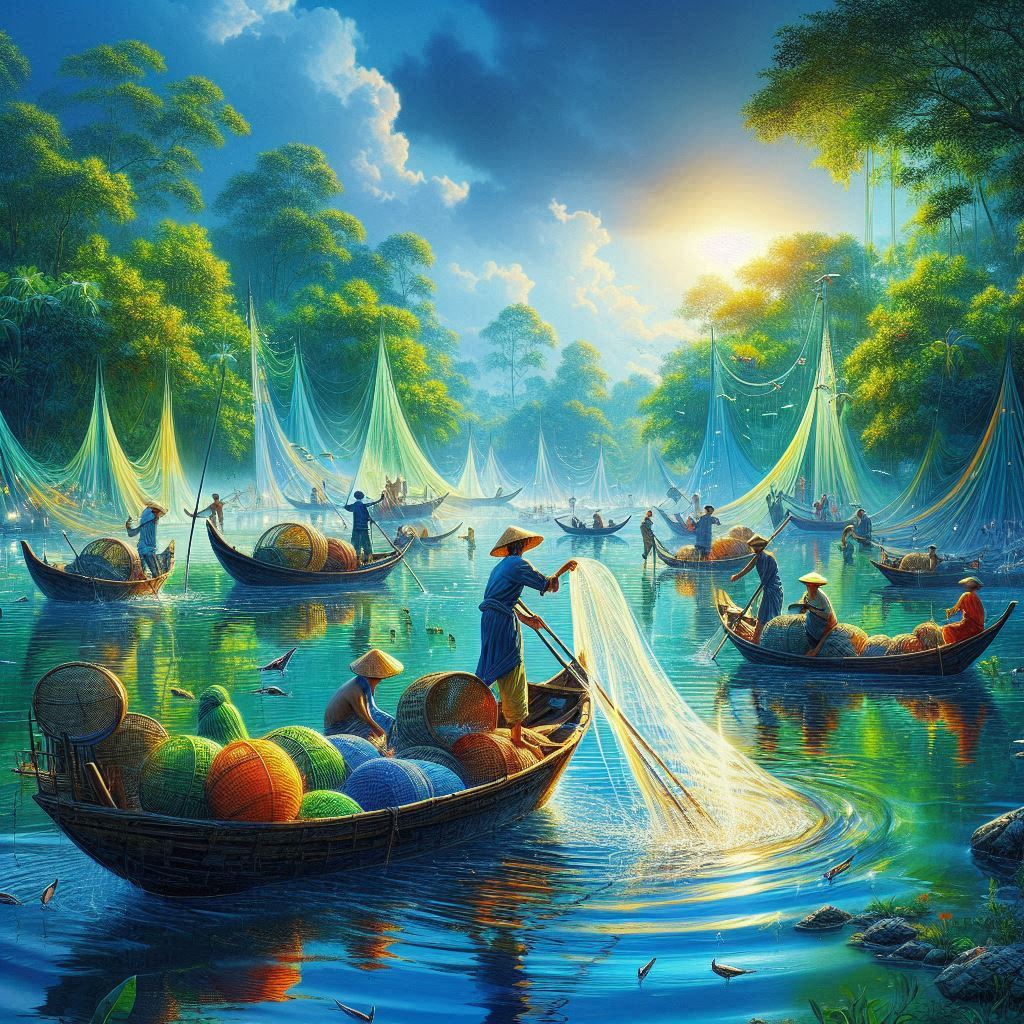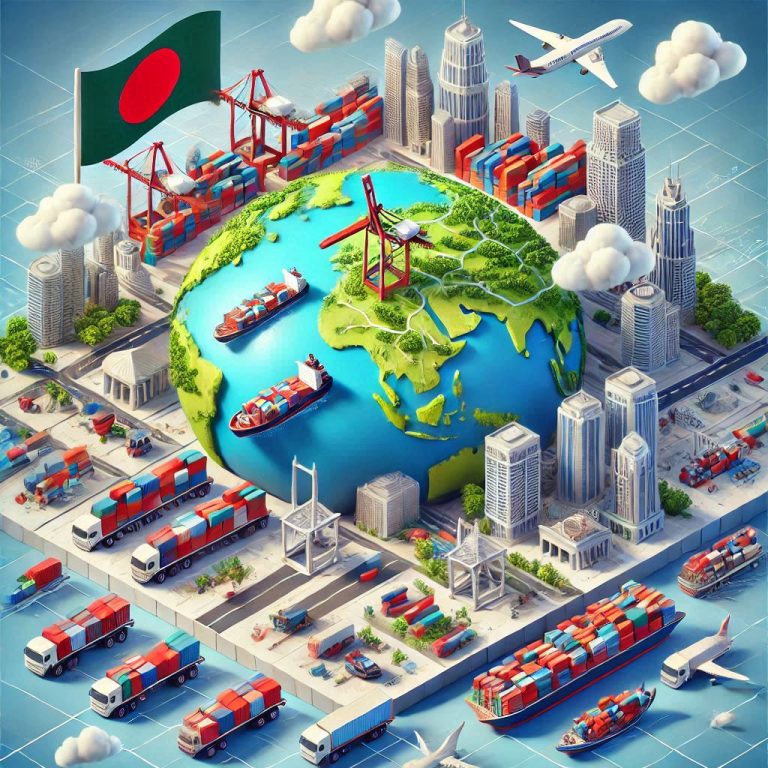
Introduction.
Bangladesh, a riverine country nestled in the Bay of Bengal, boasts an extraordinary fishery sector that is fundamental to its national economy, food security, and cultural identity. With an expansive network of rivers, lakes, floodplains, and coastal waters, the country has emerged as a global leader in aquaculture and marine fishing. The fishery sector represents not just an economic activity, but a way of life for millions of Bangladeshis, providing livelihoods, nutrition, and cultural sustenance.
Overview of Bangladesh’s Fishery Sector.
Geographic Advantages.
Bangladesh’s unique geographical landscape, characterized by the Ganges-Brahmaputra delta and an extensive coastline, creates an ideal environment for diverse aquatic ecosystems. The country contains:
Approximately 24,000 km of rivers and canals.
Numerous freshwater and brackish water bodies.
A 710 km maritime coastline.
Over 1.2 million hectares of floodplains and wetlands.
Economic Significance.
The fishery sector is a critical component of Bangladesh’s economy, contributing:
Approximately 3.37% of the national GDP.
Around 2.5% of total export earnings.
Direct employment to over 2 million people.
Indirect employment to an additional 10-12 million individuals.
Types of Fisheries.
Bangladesh’s fishery sector can be categorized into several key segments:
Marine Fisheries: Offshore and deep-sea fishing in the Bay of Bengal.
Inland Capture Fisheries: Fishing in rivers, lakes, and natural water bodies.
Aquaculture: Structured fish farming, including pond, cage, and integrated farming systems.
Coastal Aquaculture: Shrimp and crab farming in coastal regions.
Production and Potential.
Fish Production Statistics:
Total fish production (2021-2022): Approximately 4.6 million metric tons.
Inland fisheries contribution: About 88%.
Marine fisheries contribution: Around 12%.
Per capita fish consumption: 62 grams per day (one of the highest in Asia).
Major Fish Species.
Freshwater Species:
Hilsa (National Fish).
Rohu.
Catla.
Tilapia.
Pangasius.
Marine Species:
Shrimp.
Mackerel.
Tuna.
Sardines.
Pomfret.
Challenges and Opportunities.
Current Challenges:
Overfishing.
Climate change impacts.
Habitat degradation.
Limited technological infrastructure.
Resource management complexities.
Future Opportunities:
Advanced aquaculture technologies.
Sustainable fishing practices.
Export market expansion.
Climate-resilient fishing techniques.
Value-added fish processing.
Conclusion.
Bangladesh’s fishery sector represents a dynamic and evolving industry with immense potential. By balancing economic development with environmental sustainability, the country can continue to leverage its aquatic resources for national prosperity and global food security.
Summary.
The Bangladeshi fishery sector is a multifaceted and crucial component of the nation’s economy, characterized by:
Extensive aquatic ecosystems.
Significant economic and employment contributions.
Diverse fishing and aquaculture practices.
High production volumes.
Challenges of sustainability and resource management.
Through strategic investments, technological innovation, and sustainable practices, Bangladesh is poised to strengthen its position as a global leader in fisheries and aquaculture.





